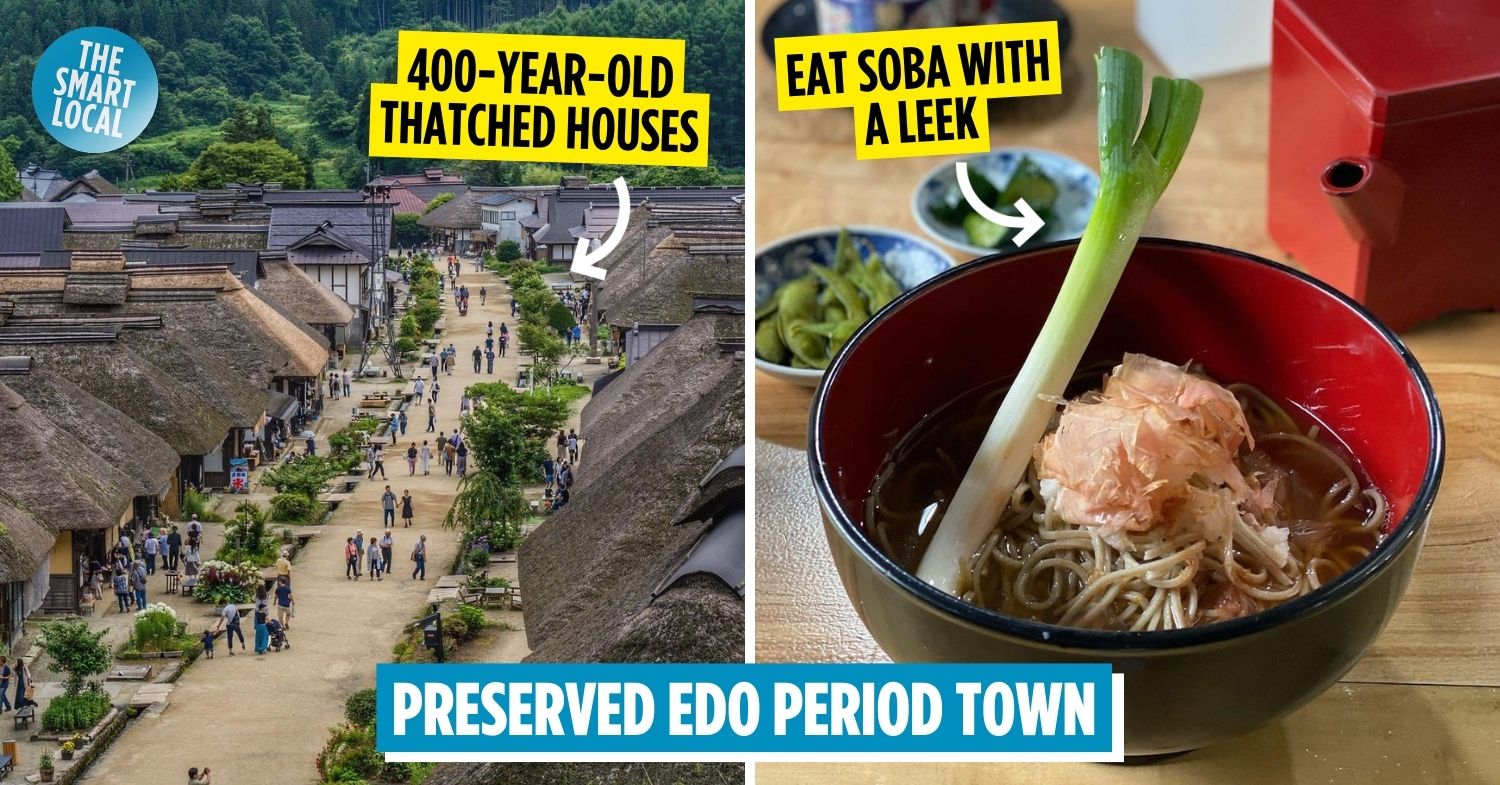Ouchi Juku in Fukushima
Modern skyscrapers with unique architectural elements are sights to behold, but a well-preserved historic district just hits different. Located in Shimogō, Ouchi Juku is a traditional town that will transport you back in time to the Edo period.
Former post town lined with thatch-roofed houses
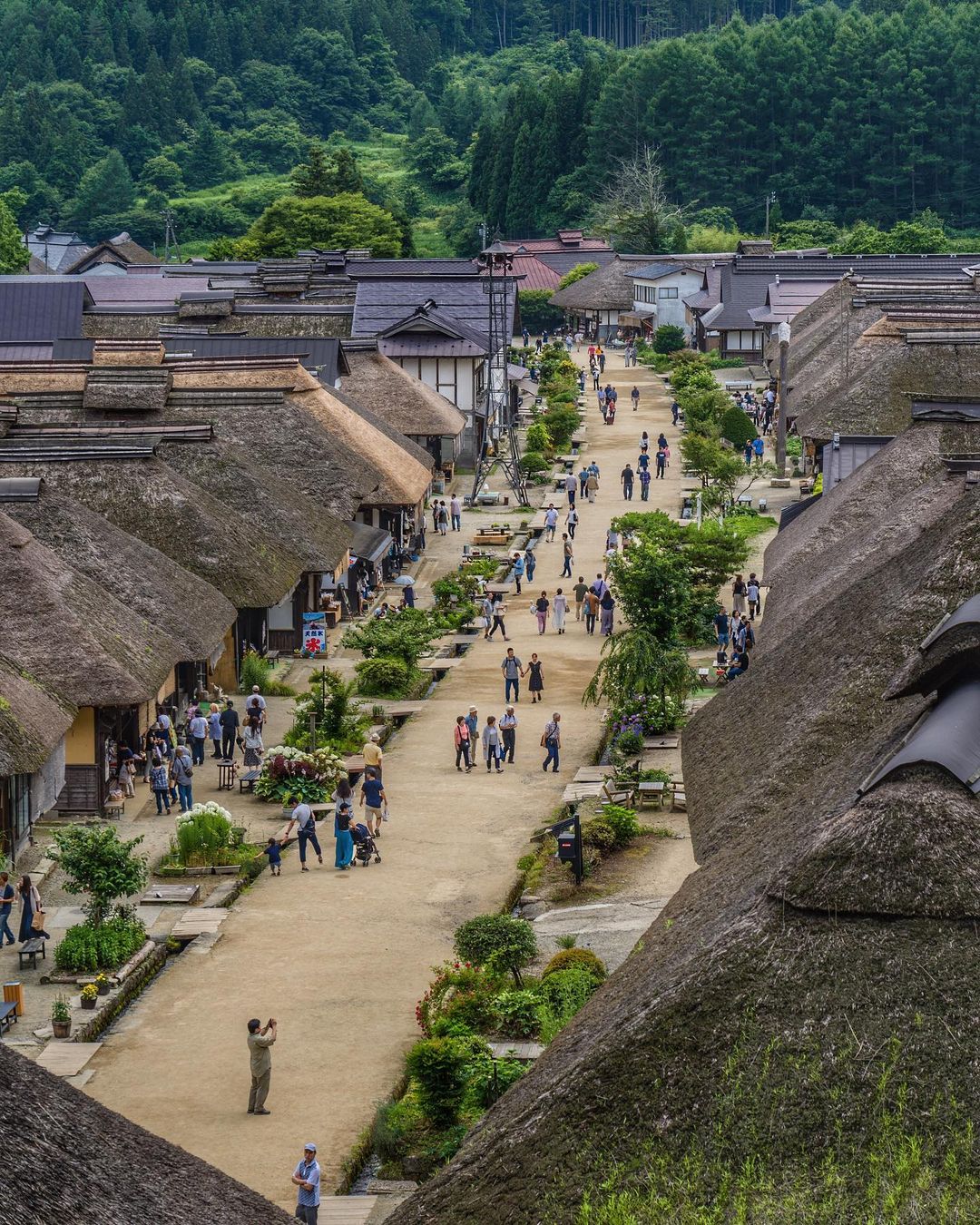 Image credit: @koudai.___
Image credit: @koudai.___
As a former post town (shukuba; 宿場) that opened in 1643, Ouchi Juku (大内宿) prospered during the Edo period due to its prime location along the Aizu-Nishi Kaidō, an important historic route that connected Aizu to Nikko in Tochigi Prefecture.
In the past, travellers who passed by Ouchi Juku would make a pit stop there for a brief break or an overnight stay, before continuing on their journey.
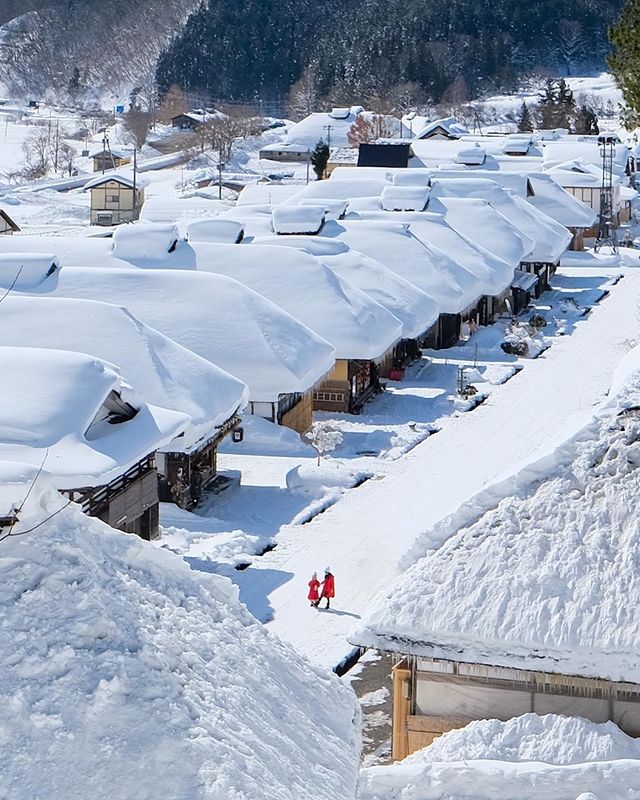
Image credit: @____amerinco____
Designated the title of “Important Preservation District for Groups of Historic Buildings”, the traditional town is best known for its houses with distinctive thatched roofs.
Built over 400 years ago, the dwellings are covered with a special thick roof made with Japanese pampas grass, which allows houses to stay cool in the summer and warm during the colder months.
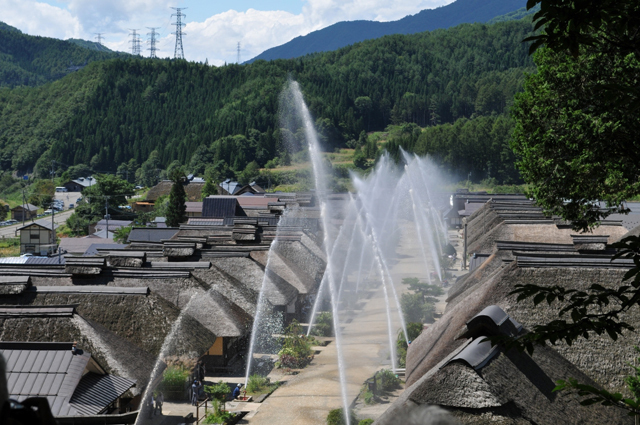
Image credit: Ouchi Juku Tourism Association
Due to the buildings’ vulnerability to fire, a water drill is held on 1st September annually. In order to maintain the townscape, maintenance work is also carried out periodically by kayade (茅手), a group of craftsmen who specialise in traditional roofing techniques.
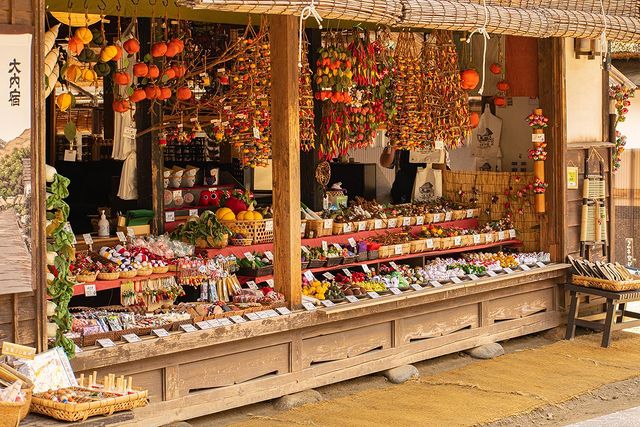
Image credit: @nana.___jp
Nowadays, the dwellings which line the street house a variety of shops, restaurants, and even traditional inns. Walk through the main street and you can imagine yourself present during the town’s heyday in the 17th century.
Operating hours of the shops vary, but most are open from 11am to 4pm.
Shrine overlooking the traditional town
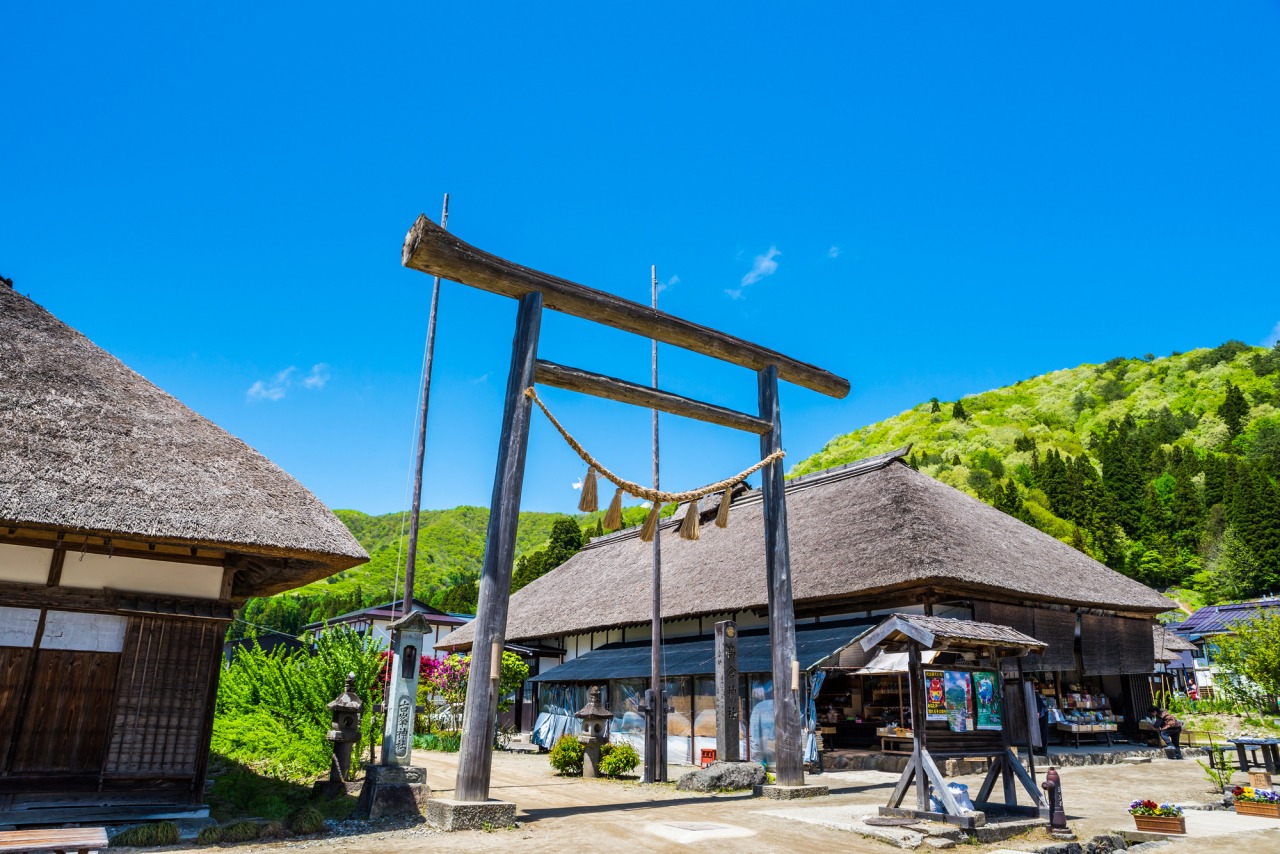 Image credit: Tohoku Tourism Promotion Organisation
Image credit: Tohoku Tourism Promotion Organisation
When you’re done admiring the houses up close, proceed down the main street and you’ll spot a prominent torii gate. Venture in and you should find yourself at Takakura Shrine (高倉神社), a small shrine that’s nestled within a quiet forest.
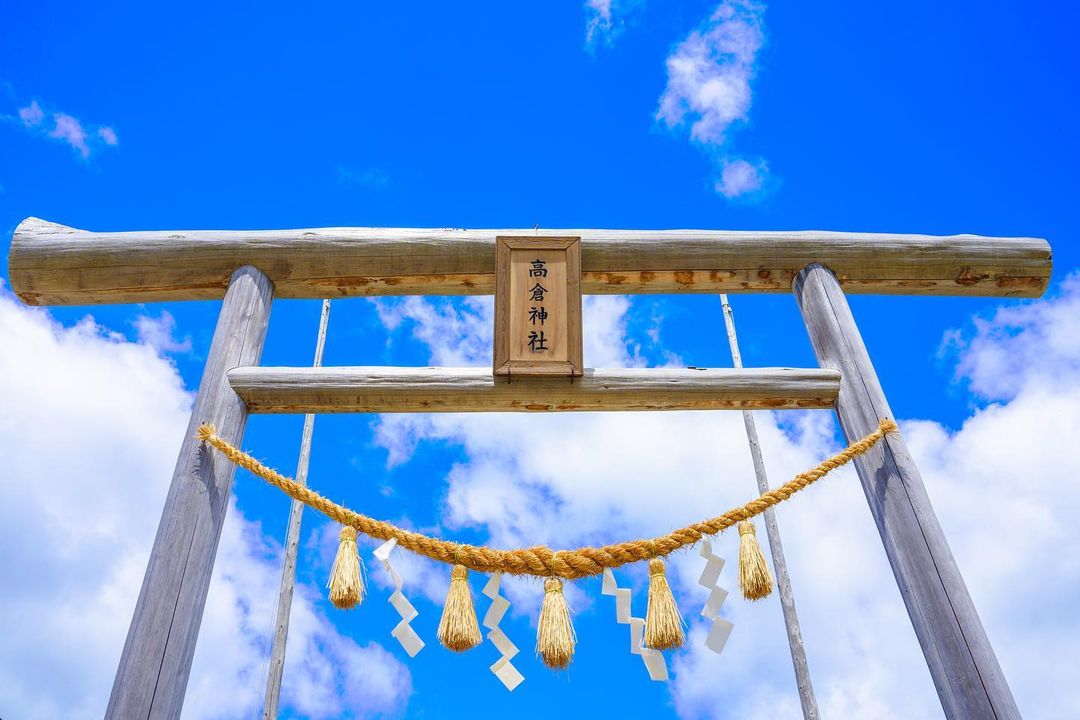 Image credit: @tatsumaru_rider
Image credit: @tatsumaru_rider
Here, a flight of stairs up the hill will lead you to a spot that offers a breathtaking panoramic spot of the nostalgic townscape.
Eat soba with a leek as chopsticks
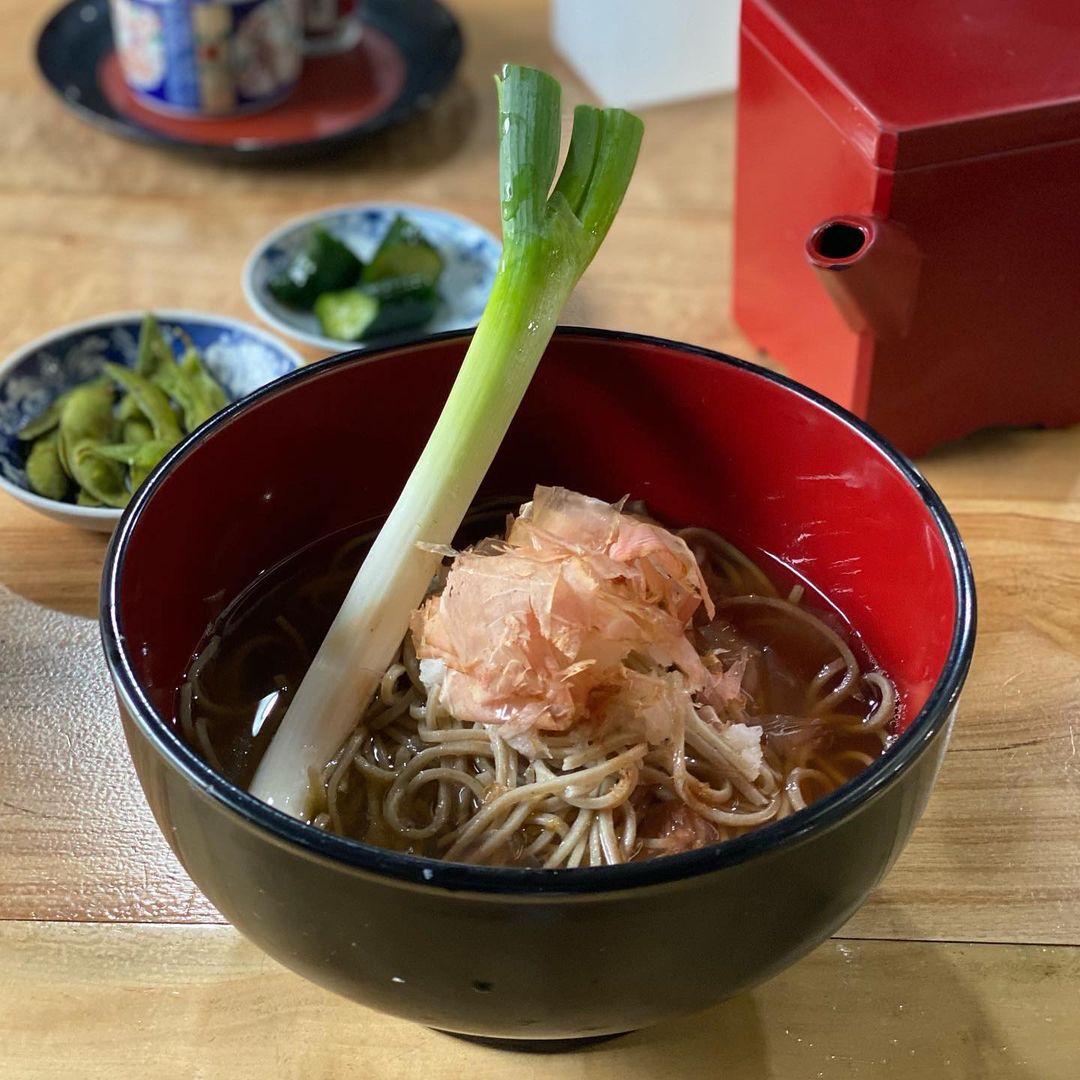 Image credit: @naoki_soeda
Image credit: @naoki_soeda
Shops serving delectable street food are dotted along the street, but you mustn’t miss the local speciality – negi soba. Unlike your usual bowl of noodles that’s served topped with freshly sliced green onions, negi soba comes with a whole Japanese long green onion.
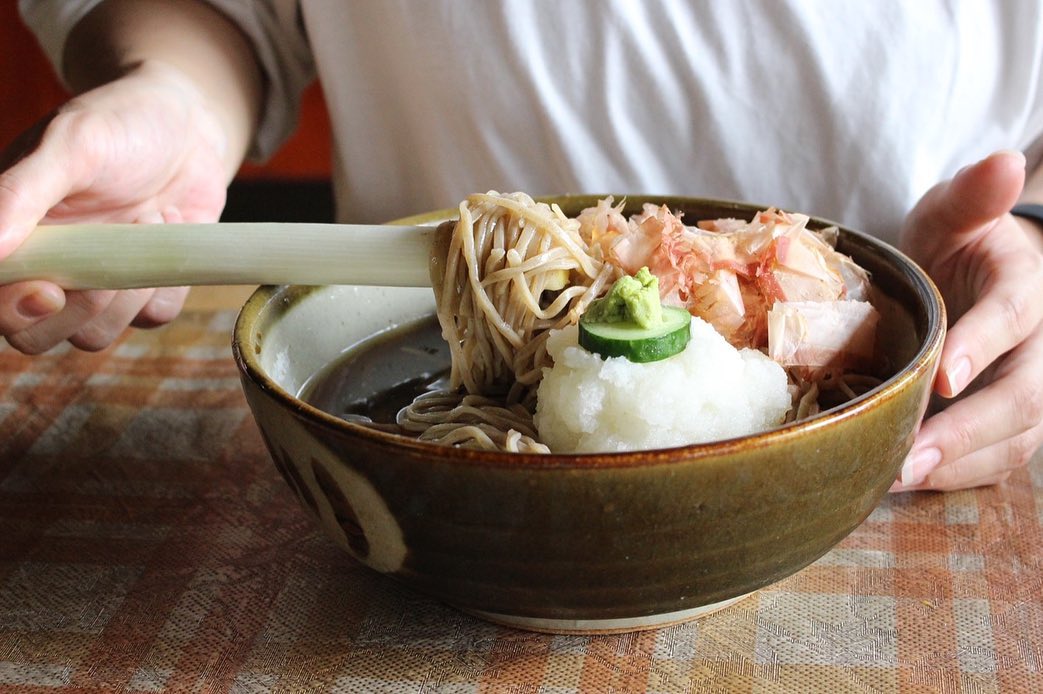 Image credit: @one_photo3548
Image credit: @one_photo3548
Instead of boring old utensils, dig into your bowl of buckwheat noodles with the negi, which doubles up as a pair of chopsticks. Savour the crunchy aromatic and nutty flavour of the soba noodle with every bite.
How to get to Ouchi Juku
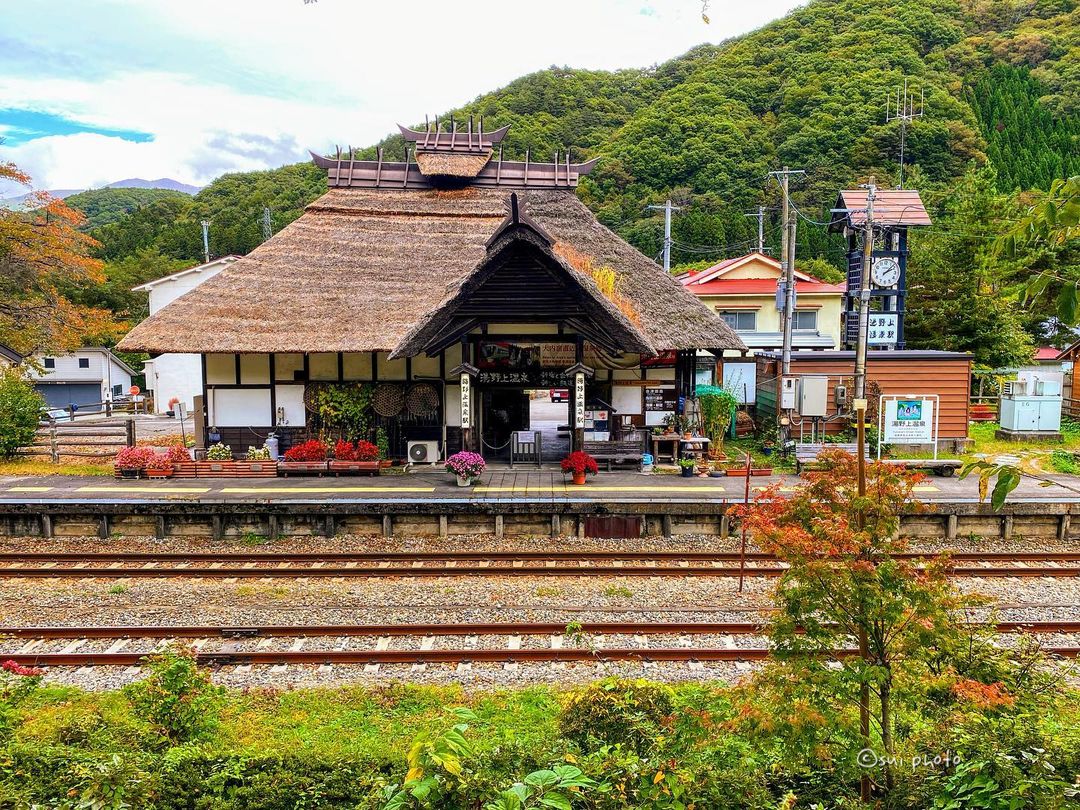 Yunokami Onsen Station.
Yunokami Onsen Station.
Image credit: @sui.alcyone
Ouchi Juku is best accessible from Yunokami Onsen Station, which is served by Aizu Railway’s Aizu Line. A one-way trip from Aizu Wakamatsu Station costs ¥1,050 (~USD7.13) and takes around 30-40 minutes.
From there, a 15-minute taxi ride will bring you to Ouchi Juku. Between mid March to November, a bus runs between the station and Ouchi Juku at relatively frequent intervals. Day passes are available for purchase at ¥1,100 (~USD7.47) for adults and ¥500 (~USD3.40) for children.
The bus schedule can be found on the official website of Ouchi Juku.
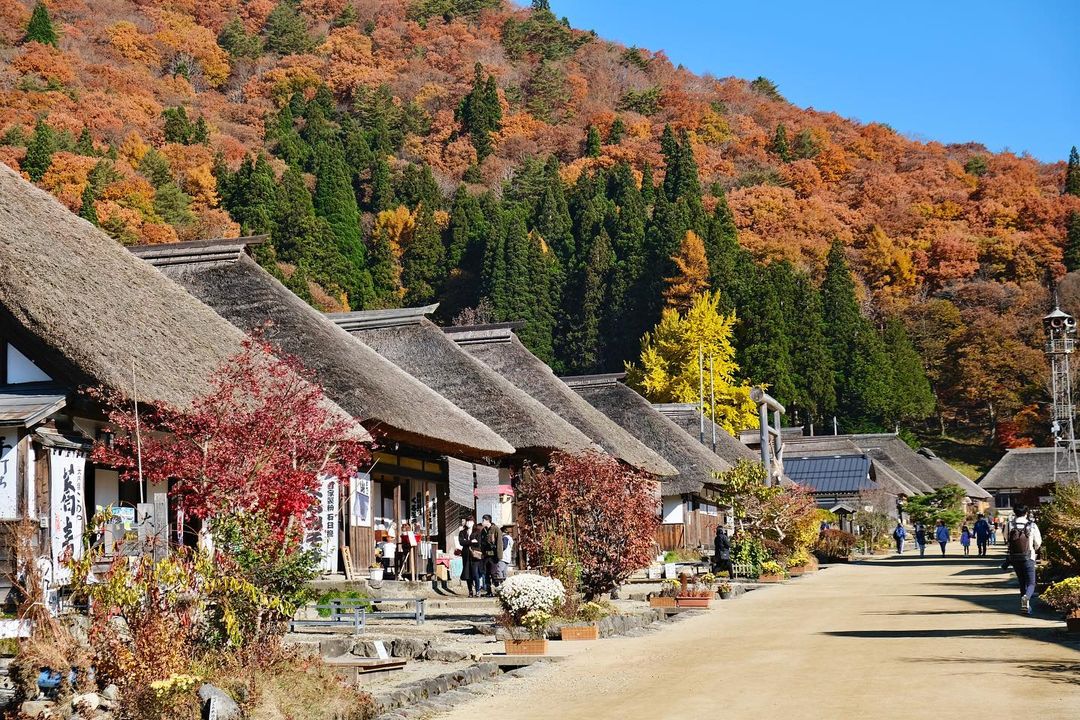 Image credit: @yukiusagi1233
Image credit: @yukiusagi1233
In order to preserve the townscape, cars are not allowed entry and have to be parked at designated parking lots in the vicinity. Parking fees collected will go toward repairing and maintaining the landscape, so that it can be preserved for generations to come.
Address: Ouchi, Shimogo, Minamiaizu District, 969-5207 Fukushima
Opening hours: 8am-5pm, Daily
Contact: 0241-68-3611 | Ouchi Juku Website
Also check out these places:
- Guide to Tomonoura, the town that inspired Studio Ghibli’s Ponyo
- Shimanami Kaidō cycling guide
- Roller coaster bridge in Tottori
- Kurashiki Bikan Historical Quarter, historic canal area in Okayama
- Award-winning garden since 2003 in Adachi Museum of Art
Cover image adapted from (left to right): @koudai.___ and @naoki_soeda
